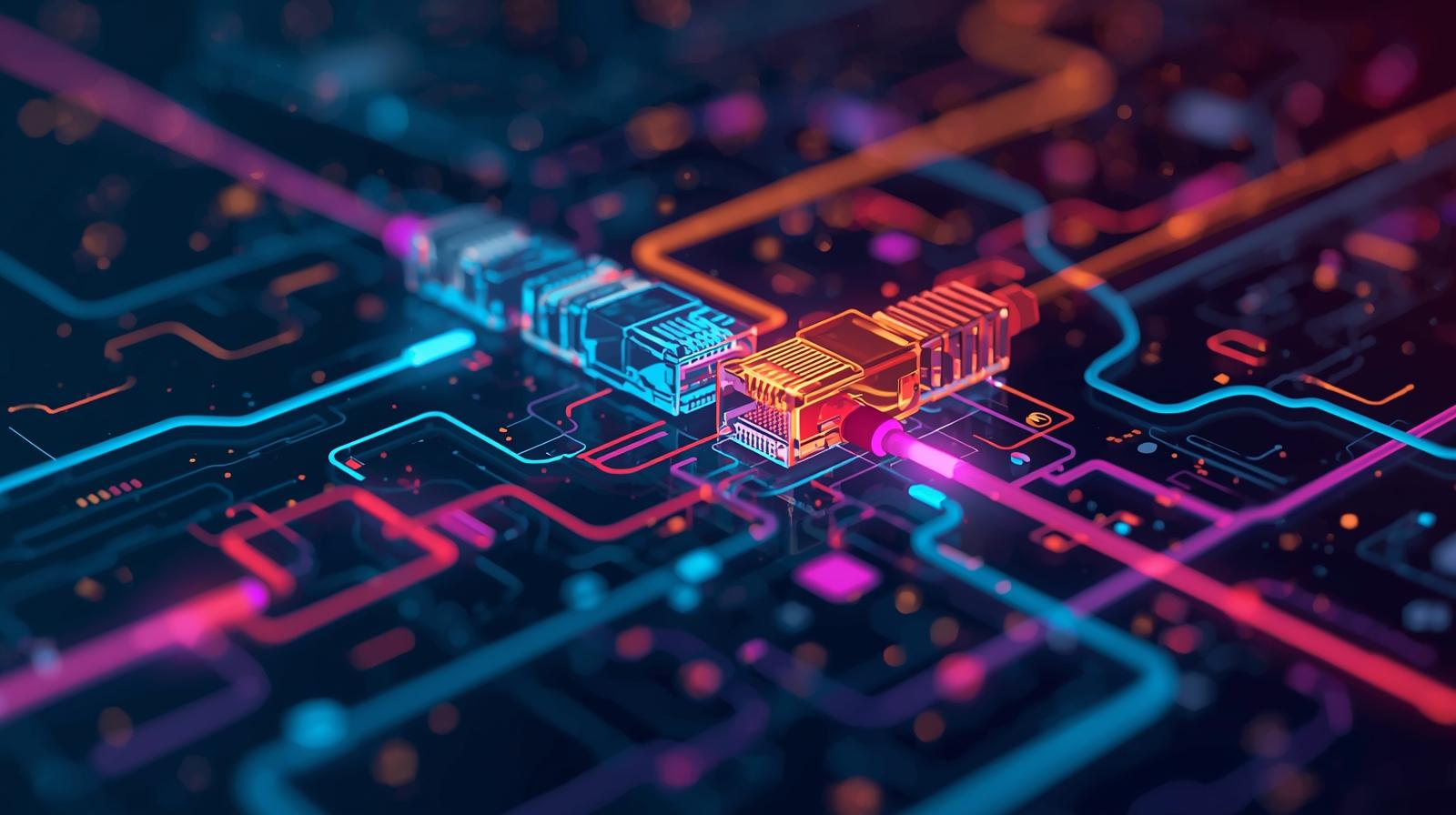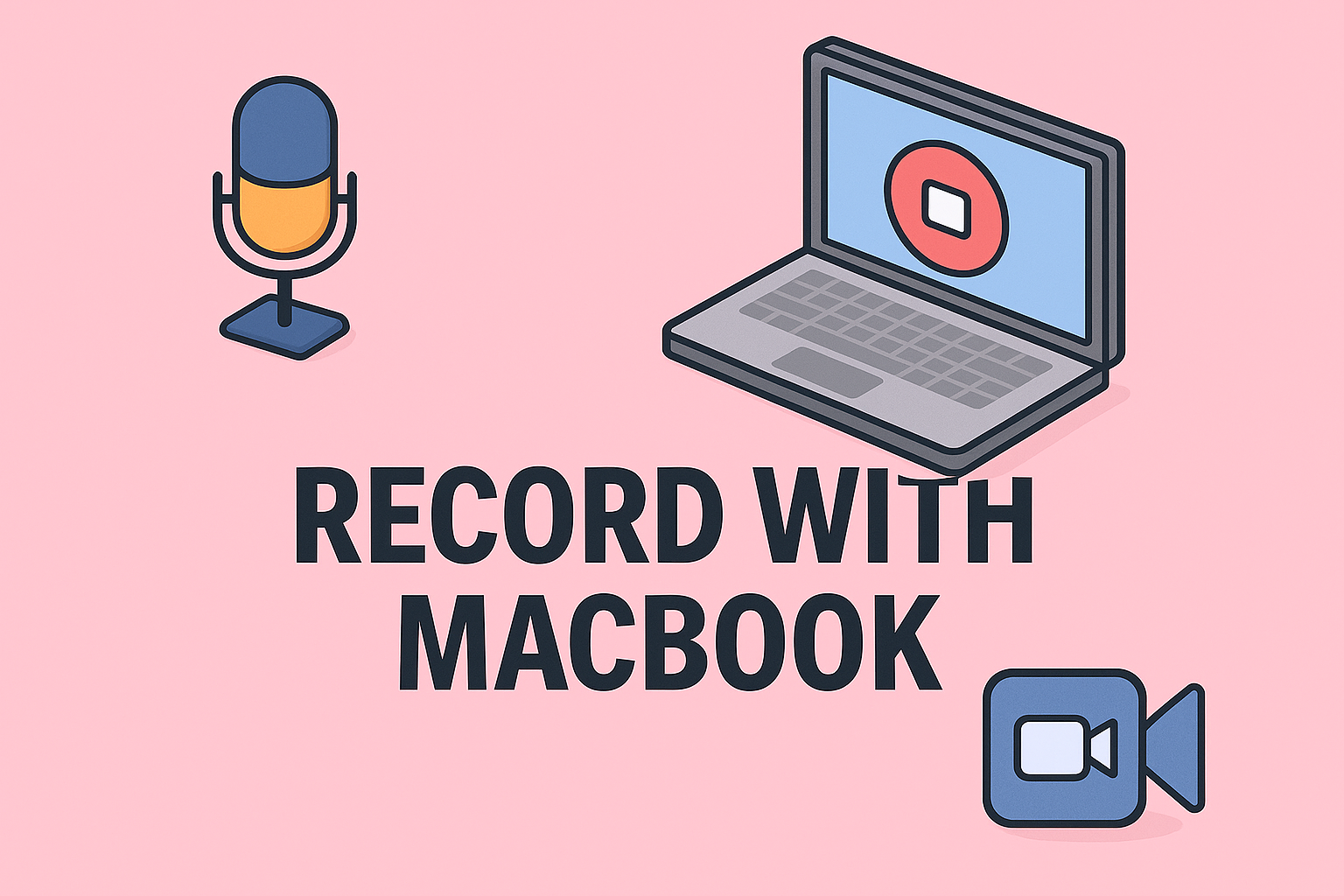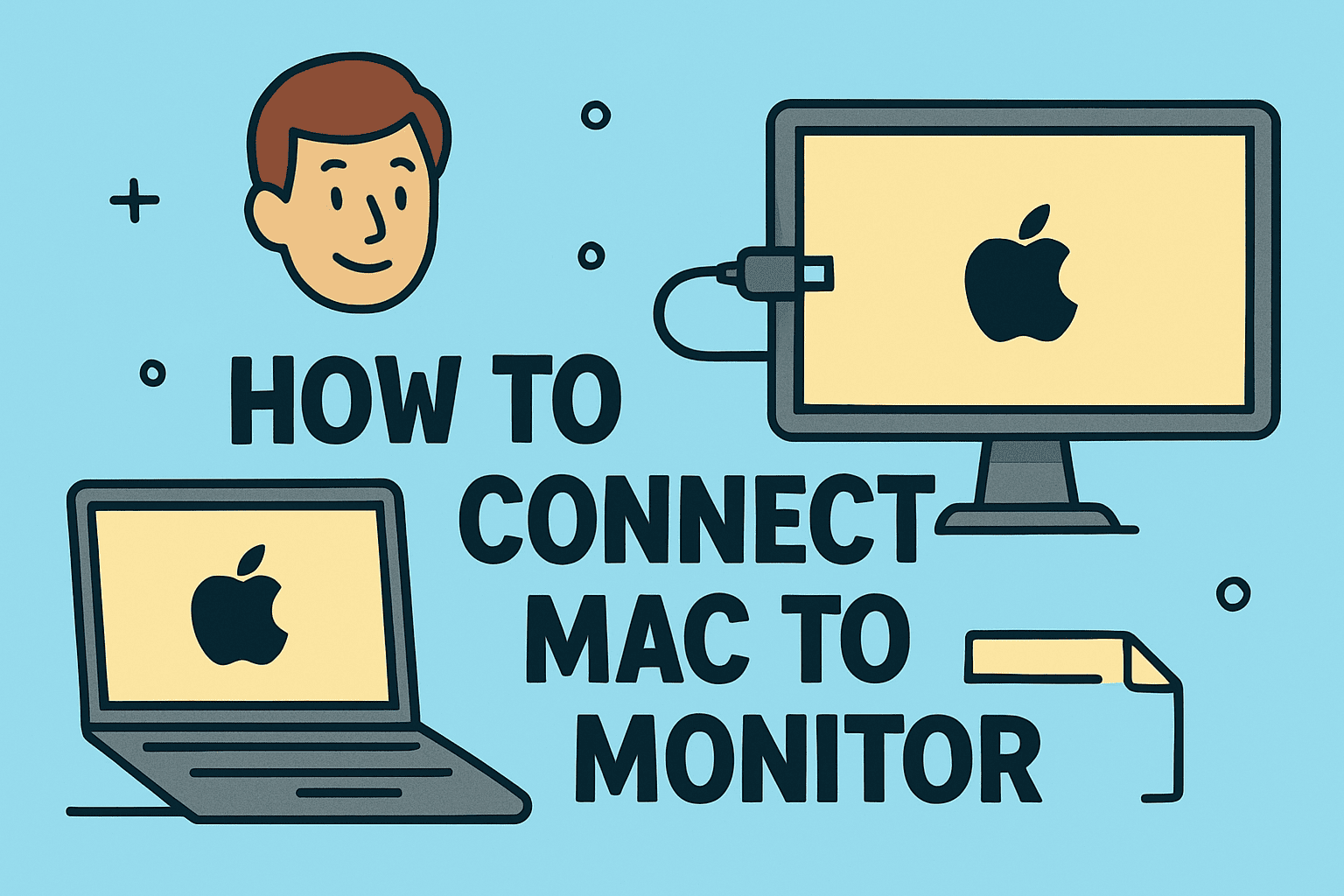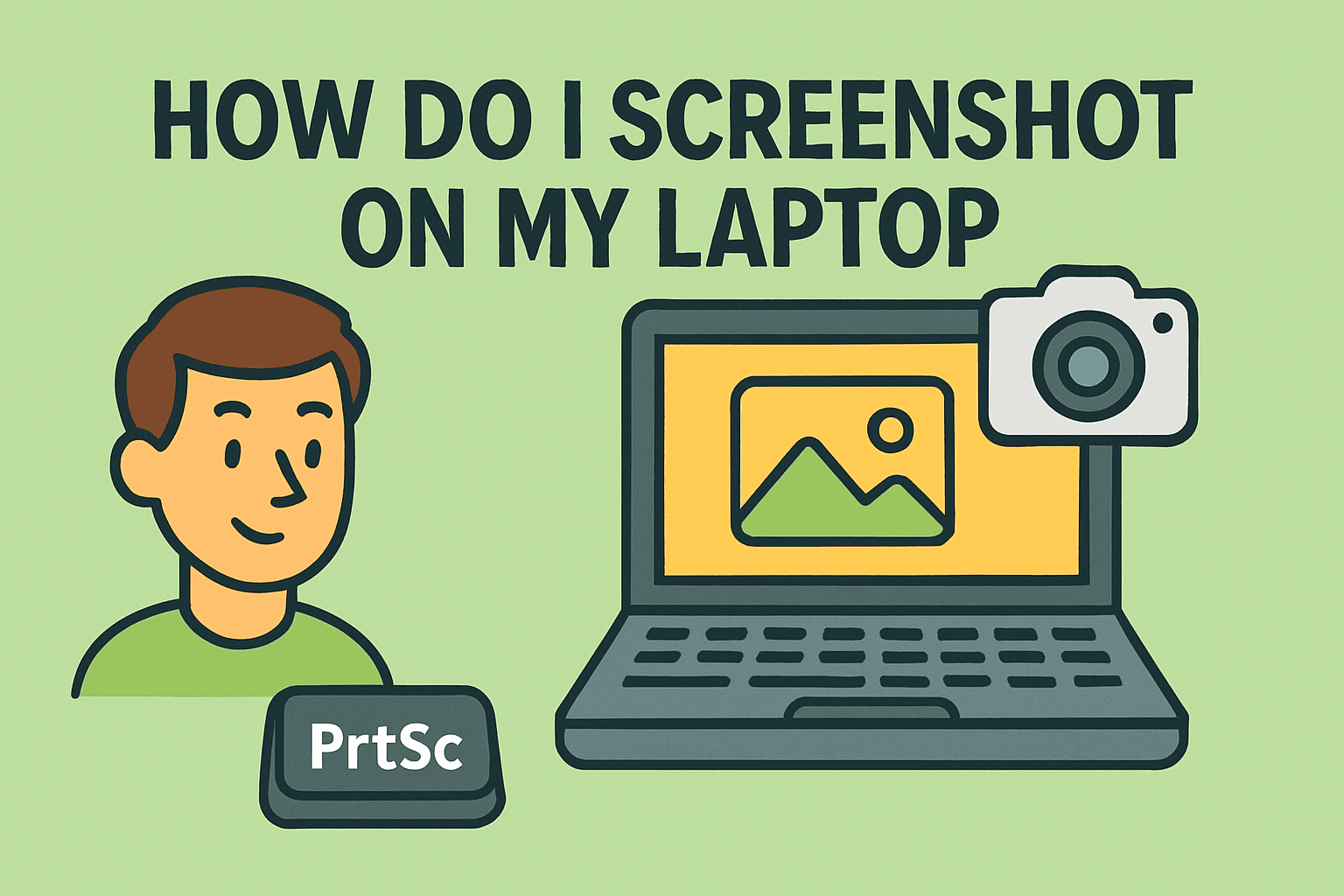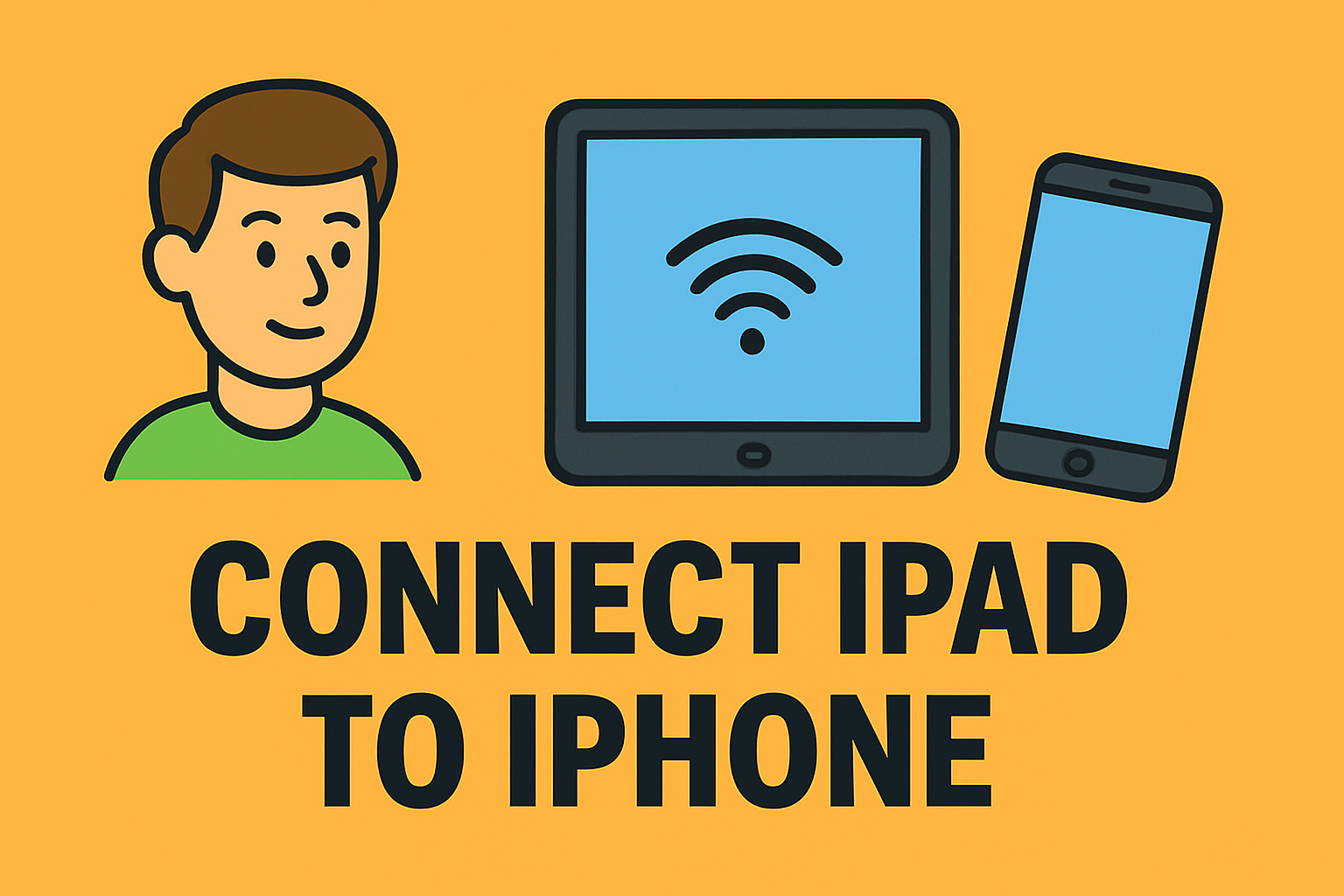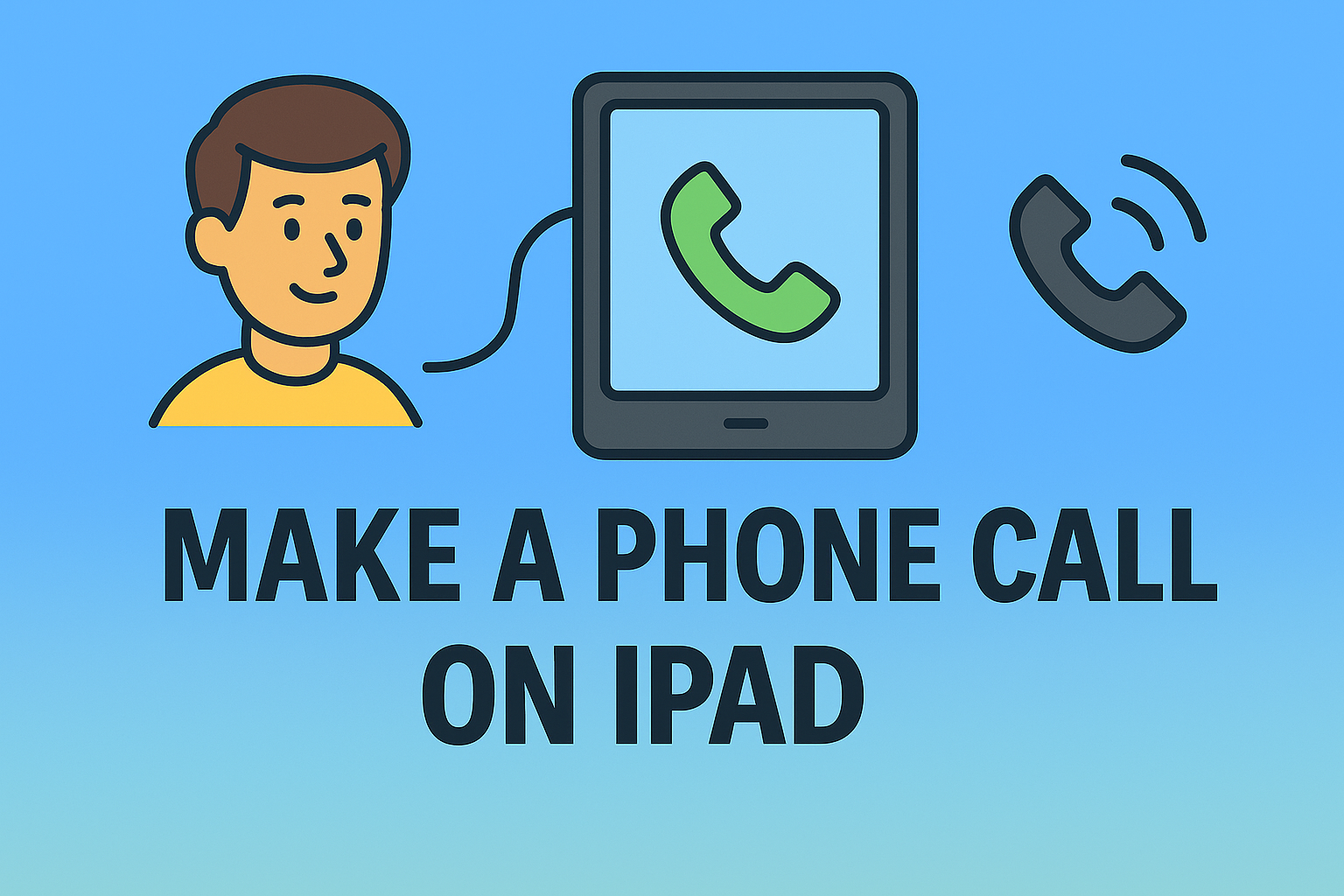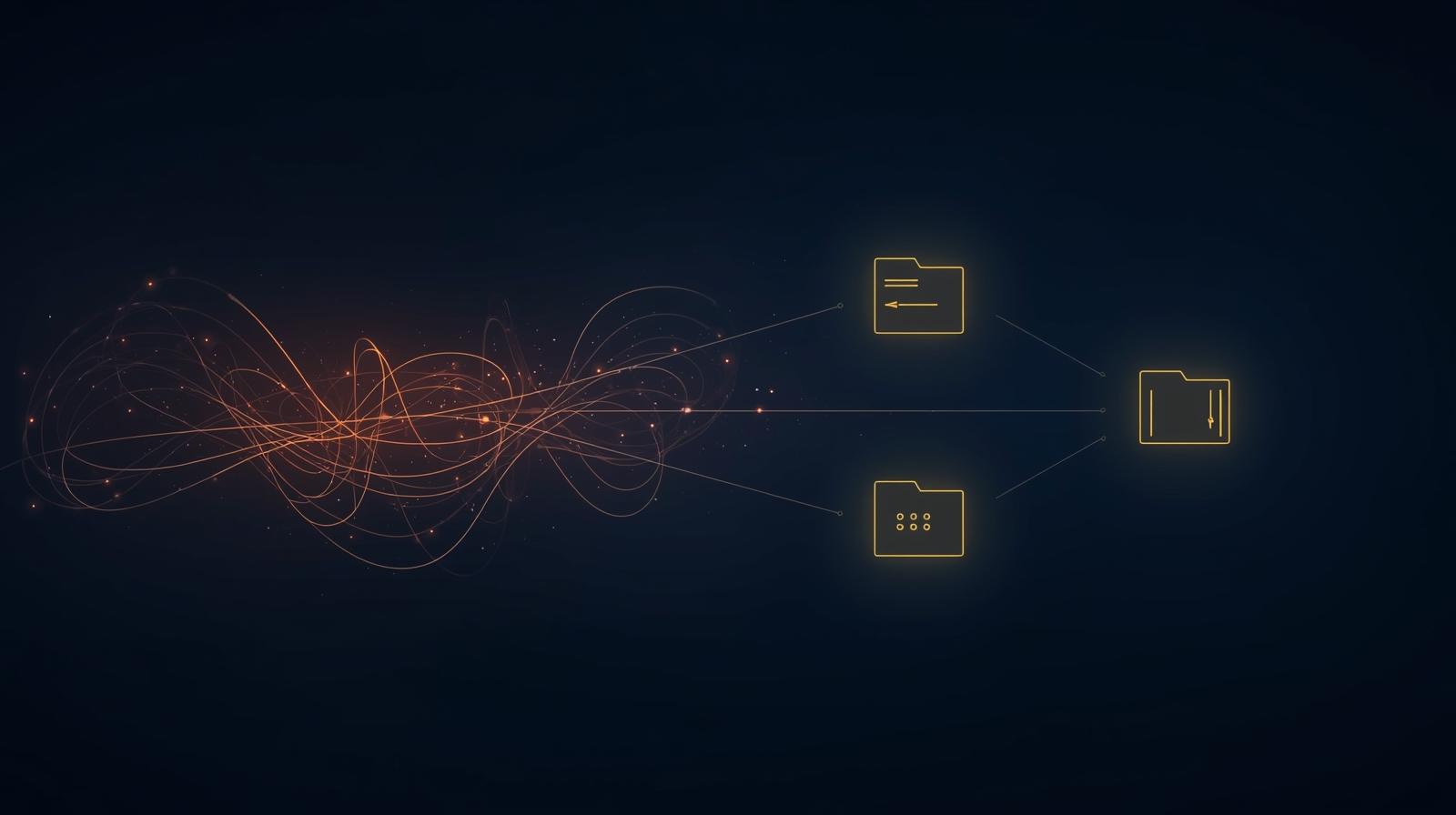Why a Clean PC Matters for Performance and Security
Updated on November 19, 2025, by ITarian
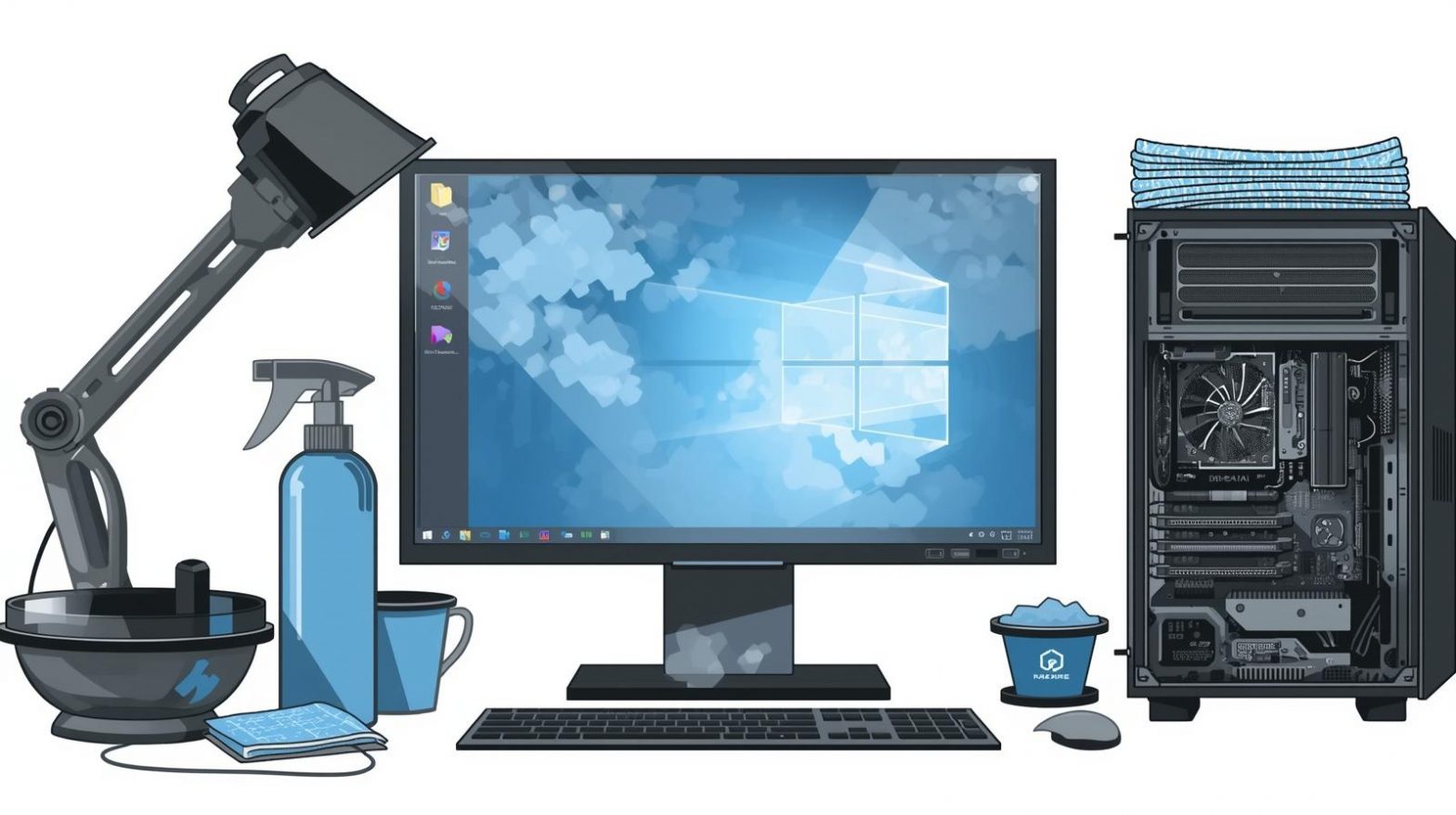
When was the last time you cleaned your computer inside and out? Many people don’t think about regular PC cleaning until performance drops, files pile up, or overheating becomes a daily problem. But knowing how to clean a PC isn’t just about aesthetics—it’s about boosting performance, preventing hardware issues, and reducing security risks. For IT managers, cybersecurity professionals, and business leaders, keeping PCs clean plays a huge role in maintaining a reliable and secure environment.
A clean PC runs smoother, lasts longer, and avoids unnecessary downtime that can affect productivity. Whether you manage multiple endpoints or simply want your device to stay fast and efficient, learning the right cleaning techniques is essential. This article breaks down every part of PC cleaning—hardware, software, security hygiene, and long-term maintenance—so you can keep your system performing at its best.
Understanding Why PC Cleaning Is Essential
Cleaning a PC does far more than remove dust. It enhances speed, reduces crashes, and strengthens security posture.
Improves System Performance
Over time, unused files, temporary data, and cached content slow down your system. Cleaning removes digital clutter that bogs down operations.
Reduces Overheating and Hardware Wear
Dust buildup inside your PC can:
-
Block airflow
-
Make fans work harder
-
Increase CPU/GPU heat
-
Shorten component lifespan
Regular cleaning prevents damage and expensive repairs.
Closes Security Gaps
Cluttered systems often contain:
-
Old software
-
Vulnerable apps
-
Unnecessary programs
-
Cached login sessions
Cleaning eliminates hidden risks.
Increases Storage Efficiency
Deleting unnecessary files and uninstalling unused programs frees up valuable space for important work.
Boosts Productivity
A clean system responds faster and crashes less—crucial for professionals handling sensitive data or security workloads.
How to Clean a PC: A Complete Step-by-Step Breakdown
Cleaning a PC involves two major areas:
1. Physical (Hardware) Cleaning
Dust, dirt, and debris removal.
2. Digital (Software) Cleaning
Removing clutter, updating systems, and strengthening security.
Let’s explore both in detail.
Physical Cleaning: How to Clean a PC Safely
Before you start, always power off the device and unplug it.
Tools You Need for Safe PC Cleaning
-
Microfiber cloth
-
Compressed air can
-
Soft brush
-
Isopropyl alcohol (90%+)
-
Cotton swabs
-
Screwdriver (for desktops)
Never use water, paper towels, or household chemicals on your PC.
How to Clean a Desktop PC (Exterior and Interior)
Step 1: Clean the Exterior
-
Wipe surfaces with a microfiber cloth
-
Use alcohol for sticky spots
-
Clean around power buttons, ports, and USB areas
Step 2: Remove Dust from Vents
-
Use compressed air to blow out dust
-
Hold fans still to prevent spinning
Step 3: Open the Case
(For desktops only)
-
Remove screws
-
Open the side panel
-
Blow out dust carefully
Step 4: Clean Internal Components
Use short bursts of compressed air on:
-
CPU cooler
-
GPU
-
RAM
-
Motherboard
-
Power supply vents
Avoid touching components directly.
Step 5: Clean Fans and Air Filters
Dust often blocks airflow, causing overheating.
Step 6: Reassemble and Power On
Ensure all panels and screws are secure.
How to Clean a Laptop (Safely and Without Damage)
Laptops require extra care due to compact components.
Step 1: Clean the Keyboard
-
Turn the laptop upside down
-
Shake out debris
-
Use compressed air
-
Wipe keys with alcohol
Step 2: Clean the Screen
Use screen-safe wipes or microfiber cloth only.
Step 3: Clean the Vents
Gently blow air into cooling vents.
Step 4: Internal Cleaning (Advanced Users Only)
Some laptops allow bottom panel removal for cleaning fans and heat pipes.
Digital Cleaning: How to Clean a PC from the Inside (Software)
Digital cleaning improves performance, reduces lag, and enhances security.
Uninstall Unused Programs
Unused programs consume:
-
Storage
-
Memory
-
Background resources
Steps
-
Open Settings
-
Go to Apps
-
Review installed applications
-
Remove what you don’t need
Delete Temporary Files and Cache
Temporary files accumulate quickly.
Using Disk Cleanup
-
Search for Disk Cleanup
-
Select drive (usually C:)
-
Check all boxes
-
Click OK
Using Storage Sense
-
Go to Settings → System → Storage
-
Enable Storage Sense
Clear Browser Cache and Cookies
This frees storage and protects privacy.
Benefits
-
Faster browsing
-
Eliminates tracking data
-
Reduces security vulnerabilities
Organize and Clean Your File System
Tips
-
Move files into categorized folders
-
Delete duplicates
-
Archive old documents
-
Use cloud storage
Update Windows and Software
Outdated software increases security risks.
Update Checklist
-
Windows OS
-
Drivers
-
Security tools
-
Browsers
-
Productivity apps
Updates fix bugs, patch vulnerabilities, and improve performance.
Remove Malware and Security Threats
A critical step in learning how to clean a PC is ensuring it’s free of threats.
Run Full System Scan
Use:
-
Windows Defender
-
Endpoint security tools
-
Enterprise-grade antivirus
Scan Removes
-
Viruses
-
Spyware
-
Ransomware traces
-
Potentially unwanted programs (PUPs)
Review Startup Programs
Too many startup apps slow down boot time.
Steps
-
Open Task Manager
-
Select Startup tab
-
Disable unnecessary apps
Optimize Storage Using Built-In Tools
Storage Sense
Automates cleanup on schedule.
Defragment and Optimize Drives
Best for HDD users.
Clean Your Registry (Advanced Users Only)
Windows Registry controls system functions.
Improper edits can cause issues.
Use tools carefully or avoid entirely.
Best Practices for Long-Term PC Cleaning
Keeping your PC clean is not a one-time task. It requires a routine.
Physical Cleaning Schedule
-
Every 3–6 months: external surfaces
-
Every 6–12 months: internal dusting
Digital Cleaning Schedule
-
Weekly: delete files, clear cache
-
Monthly: uninstall unused apps
-
Quarterly: major cleanup, updates
Security Hygiene Schedule
-
Weekly: malware scans
-
Monthly: password changes
-
Quarterly: review installed software
Common Mistakes to Avoid When Cleaning a PC
Mistake 1: Using Water or Chemical Cleaners
Can permanently damage electronics.
Mistake 2: Touching Internal Components with Hands
Oils and static electricity can cause damage.
Mistake 3: Using Vacuum Cleaners
They generate static electricity.
Mistake 4: Obsessive Registry Cleaning
Can break system functions.
Mistake 5: Not Backing Up Before Major Cleanup
Always secure your data first.
Why PC Cleaning Matters for IT Teams and Cybersecurity
A clean PC isn’t just fast—it’s more secure.
PC Cleaning Helps Prevent
-
Resource-hogging malware
-
Lag during incident response
-
Overheating and hardware failures
-
Data breaches caused by outdated apps
Enterprise Benefits
-
Reduced downtime
-
Extended hardware life
-
Better compliance
-
Stronger endpoint protection
Frequently Asked Questions
1. How often should I clean my PC?
Physically every 3–6 months, digitally every week or month.
2. Can dust damage my PC?
Yes. Blocked airflow leads to overheating and hardware failure.
3. Will cleaning my PC speed it up?
Yes—both software and hardware cleaning improve performance.
4. Can I use household cleaners on my PC?
No. They can cause permanent damage.
5. What’s the safest way to clean inside a PC?
Use compressed air, avoid touching components, and unplug everything first.
Final Thoughts
Now that you know how to clean a PC effectively—both physically and digitally—you’re equipped to boost performance, strengthen security, and extend your device’s lifespan. Whether you’re managing a fleet of endpoints or caring for your personal system, regular cleaning is essential for smooth, secure operations.
If you’re ready to take system maintenance and device security to the next level, you can Start your free trial with ITarian and explore intelligent tools that automate cleanup, enhance protection, and simplify endpoint management for your entire organization.



